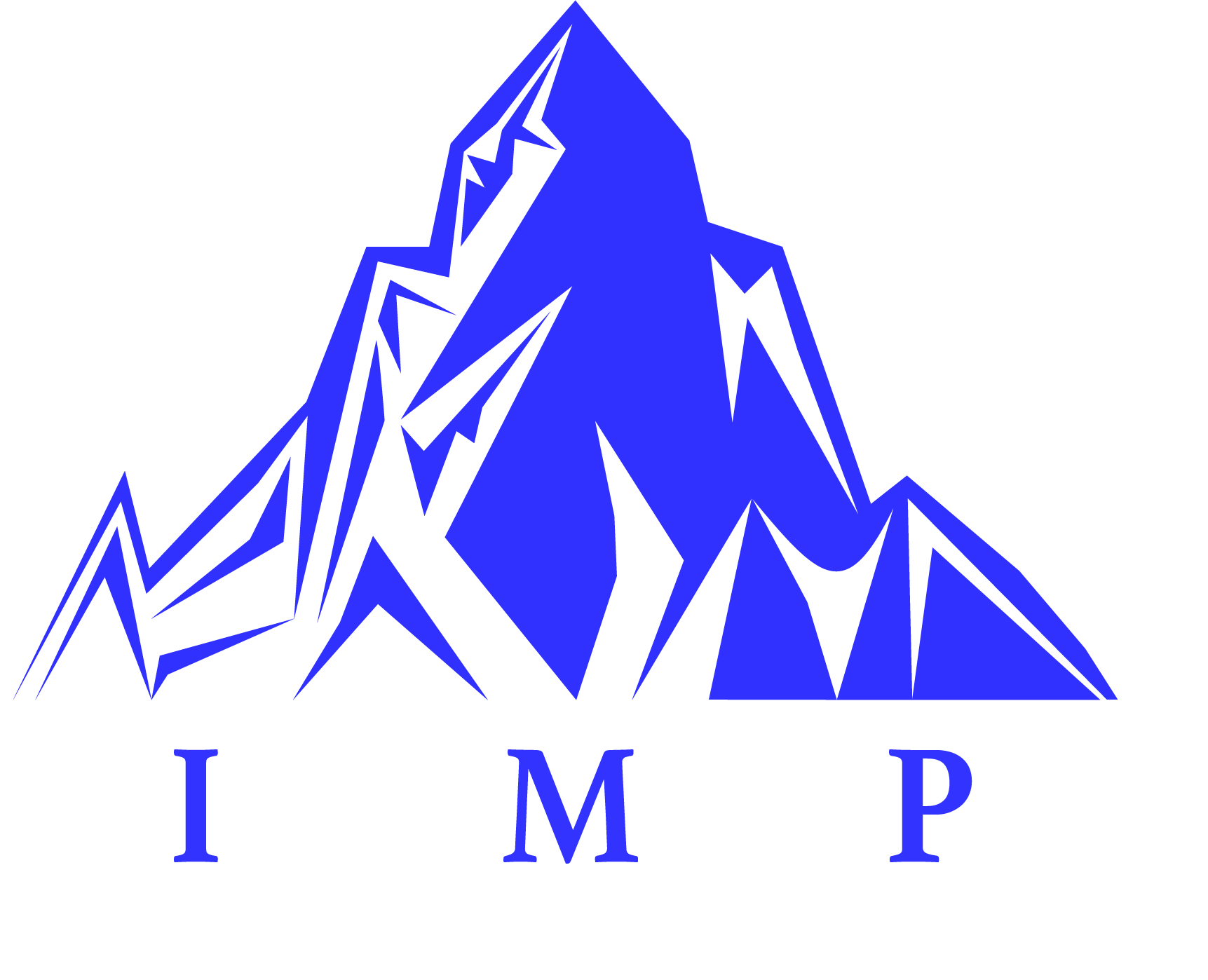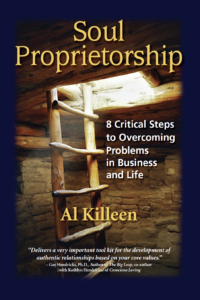Managing Meetings – Best Practices
Meetings are an important method for collaborating, planning and making decisions. Increasing the productivity of meetings is a useful way for organizations to get the most out of an employee’s time and effort. While good meetings can make crucial contributions to your company’s success, bad ones waste time and money. Additionally, when expectations for meetings are set low by management the results can be very unhealthy for an organization.
Here are some practical ideas for managers intent on having meetings that enhance, rather than hinder their organization’s success.
- “The question is: ‘Why have a meeting?'” says Barbara Streibel, a consultant at Oriel, Inc. (Madison, Wis.), and author of The Manager’s Guide to Effective Meetings (McGraw-Hill, 2002). “The best reason to have a meeting is that you really need interaction between the people who are attending. You need people to share opinions and knowledge, and build a common integrated thought line about the issue at hand. Then a meeting–if done well–is perfect for that.”
- Sometimes, says Berkeley, Calif.-based consultant Peggy Klaus, eliminating meetings requires a shift in how you approach management. Micromanagers who want to vet their direct reports’ every move need more meetings, whereas those who effectively delegate are likely to need fewer. “If I have delegated well, I won’t need to be there for every decision the team is making. I’ll know that Tom or Susan has taken care of things,” Klaus says.
- “Discussion” is no longer good enough. Time-starved teams need more than directionless chatter or meant-to-impress progress reports. Productive meetings depend on clearly defined objectives toward which people can work and against which they can measure progress.
- Be critical of regularly scheduled meetings that are intended to provide status reports. These types of meetings encourage passive behavior from participants. Instead, use ongoing meetings to solve problems, create solutions, develop plans and collaborate on key topics. Regularly focusing a team in this area will change the dynamic of the meeting and result in much more productive use time.
- If your intention for the meeting is to share information, consider other more effective ways of doing that such as email, memos and more informal conversations with teammates.
- Consider establishing a meeting-free day as part of the company’s culture. Organizations often pick Fridays for this purpose. Another approach is to set specific times during the week in which meetings can be scheduled. This is an effective way to help employees plan their time; it also puts a premium on the times when meetings can be called.
If you find that scheduling a meeting is the best approach to meet and objective, these few steps will help your meetings be more productive and will prove to make the best use of time.
Agenda:
The organizer of a meeting should be prepared to offer an agenda to meeting participants in advance of the meeting. Specifying the purpose, time frame, attendees, preparation needed and expected outcomes are all important ingredients of a good agenda.
Meetings that last for 30-60 minutes present the best use of time and are most easily scheduled. Challenge yourself to reduce meeting times so that the agenda fits in the smallest amount of time while still producing the results required.
If your meeting covers multiple topics, make sure that attendees know they can leave the meeting once their specific area of interest has been covered.
Scheduling the Meeting:
Scheduling meetings is often difficult given the busy pace many managers and employees keep. To ensure the best possible attendance, schedule your meeting to give attendees plenty of time to plan ahead. Remember, your meeting is competing with many other demands on an employee’s time.
There are a number of scheduling tools available on the web which can be useful in finding the best time to maximize meeting attendance. Microsoft Office and Outlook have good scheduling tools. Another effective tool is www.doodle.com
As you prepare your meeting notice, be sure to include information about the location, time, date, Conference Bridge or dial-in numbers and provide links if a remote session will be used
Keep in mind, for people that travel frequently, Mondays and Fridays are often used as travel days. Scheduling meetings later in the day these days may result in higher participation rates.
Preparing the Attendees:
If you expect attendees to be familiar with information ahead of time, be sure to include attachments or links in the body of your email. Be brief and to the point with your meeting notices, if a longer explanation is needed, consider putting it in an attachment or sending a link to a shared document that offers that information.
If action items are likely to be assigned, it is often best practice for the meeting leader to set this expectation, making attendees aware that they will be held accountable for completing tasks assigned at the meeting.
During the Meeting:
Be respectful of people’s time – meetings should start and end on time. If a key contributor is late, take steps to determine if they will attend. Attempt to reach them by cell phone if possible. If their attendance is uncertain, it is often the better use of time to cancel the meeting and reschedule for another time when the key contributor is available.
Meetings offer an opportunity to discuss problems, create solutions, and make decisions. It is important that a record of the meeting’s activities are created for this purpose. A good practice is assigning an attendee to serve as a scribe for the meeting. This allows the facilitator to focus on managing the meeting while having someone else take meeting minutes.
At the beginning of a meeting be sure all attendees are announced. This is especially true in cases where people may be attending remotely.
Keep in mind that meetings often serve as effective ways for employees to develop relationships and get to know coworkers. Taking the time to ensure that all attendees have been introduced will be important for these relationships to be positive and productive.
There are several simple approaches that will help keep meetings from being hijacked by attendees who dominate a discussion. One approach is to deal with off-topic ideas by placing them in a “parking lot.” On a whiteboard or a piece of paper, list the thoughts and ideas that can be pursued (or not) at a more appropriate time.
Pontificators and windbags also can sabotage a meeting’s success even if they stay on topic. Not only do they eat up time, but they also can crowd out less talkative participants who may have the best ideas. Polite interruptions by the meeting leader might be necessary to cut wordy monologues short. When combined with prompts to reluctant speakers, this can keep everyone involved, which can only mean a better meeting.
Productive meetings provide time to accomplish things. As a rule of thumb, if a task can be accomplished within two minutes or less, it is often best to make the effort during the meeting to get it done. Recording these accomplishments in the meeting minutes is a good indications that the meeting has generated value for the organization.
Action items that need to be completed after the meeting should be clearly described, assigned and a due date established during the meeting. The meeting scribe should ensure that all action items are recorded with all appropriate information.
At the end of the meeting, before attendees are dismissed, it is very helpful to review all action items assigned and restate any decisions that were made during the course of the meeting. Often, if there is confusion or disagreement about an action or decision, the issue will surface during this review.
After the Meeting:
After the meeting, minutes should be quickly distributed to attendees and stakeholders. Ideally, the scribe will provide their meeting minutes to the meeting leader who will review the minutes, make necessary edits and distribute the minutes the same day.
For recurring meetings, these minutes serve as an excellent reference for setting an agenda for the next meeting.
Follow-up of action items is often left to the honor system. While this usually feels the best, a much more effective approach is for the meeting leader to follow up with attendees to ensure action items have been completed.
A Final Thought:
In the software development world a great deal of innovation is taking place regarding the processes that are used to develop software. Borrowing a page from the Agile development methodology offers the idea of “stand-up” meetings. These meetings are an effective way for teams to communicate information and coordinate effort through the use of short, focused, daily meetings. Participants are invited to share a brief summary of their previous day’s accomplishments, they’re planed task for the current day, and any challenges they are experiencing. Typically these stand-up take 15 to 20 minutes and offer an effective format for keeping team members informed.
The concept of stand-up meetings can be used in almost any situation and with most types of team settings.
Schedule a Free Discovery Session
Are you living an empowered life?
Meet with with one of our trainers to see if:
-
You want to explore where you are vs. where you want to be;
-
Your organization hasn’t reached its potential and you want it to;
-
You aren’t clear about your future and want to be;
-
You want to discover if IMP is right for you now…
Click here to take our Mastery survey as part of your Free 45-Minute Discovery Session with an IMP Trainer.
Contact us today to schedule an appointment to further discuss any of the above Programs or Coaching sessions.



